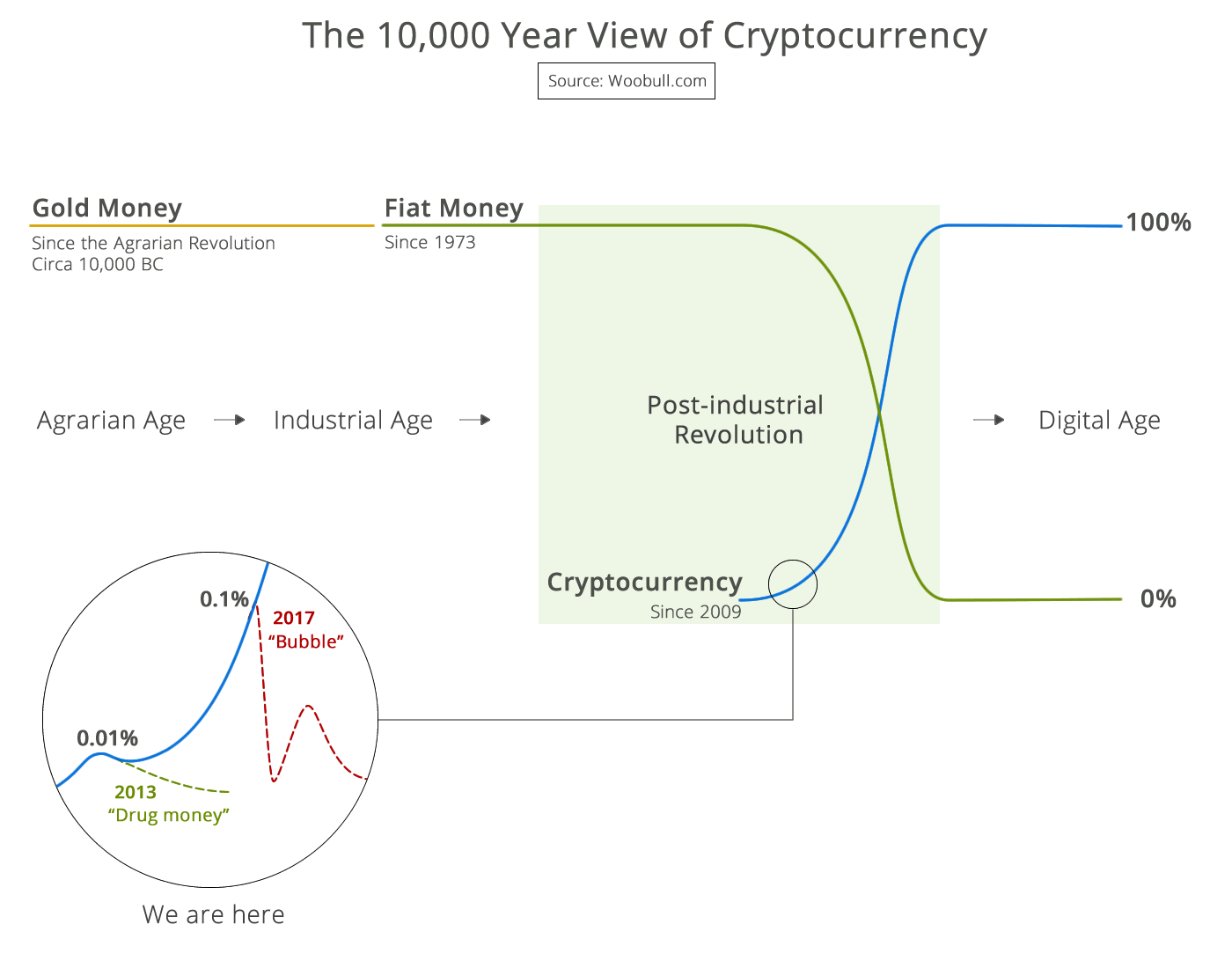I recently had a chance to read Economics: A Very Short Introduction, by Partha Dasgupta, published in 2007. Page 52-54 is a passage teaching the definition of private goods, public non-exclusable goods, and externalities, and then applying these terms as a economic model of cultures. There is an axiom among the engineering community that, “All models are wrong (to some extent); some models are useful.” Dasgupta’s model demonstrates internal inconsistencies and deviates from reality, making it significantly wrong and questionably useful.
The definition of public good matches my understanding of the US constitutional phrase “for the common good.” In this nation, we have come to a state of giving cell phones, laptops, and monthly checks from our government into individual persons’ names (to become their individual private good) while we simultaneously fit this operation under the constitutional phrase “for the common good”. It seems government actions don’t honor Dasgupta’s definitions of private and public goods, so the model comes under suspicion.
The rest of the book passage uses the economic model to show how taxes and government incentives evolve in either a rich or poor culture. However, two faulty assumptions undermine the entire passage and viability of the economic model.
First, Dasgupta identifies that governments or collectives (GOCs) are used to make more good in society and reduce bad in society. Okay, so far. However, he fails to address that GOCs do not create or source resources they use toward that goal. They are only a conduit of resources. Resources must come from those governed or collectivized. What gives a GOC the right to take private goods from one person as allocated by (based on your belief system) chance or God, and convert those private goods into public goods and thence private goods of someone else? That process tramples over the model’s definition of private good and public good. I am not questioning whether this should be done or not. I am pointing out that nothing in the model definitions would allow this to happen.
Secondly, even if you decide that it’s acceptable do take private goods from one person and give to another person, the author ignores acceptable metrics to guide what we should do. He uses the words “good” and “bad” without definition, and thus assumes we all agree on what is good or bad. We do not.
A proper analysis requires one to ask, “Who gets to define good and bad?”, definitions with which GOCs can then operate to optimize good or minimize bad. The real power is not with the process of taking and redistributing resources, but rather in the ownership of the word “good” or “bad”. The author ignores these definition, and in these definitions lies the power. A economic model should not ignore the most powerful agent.
If someone else gets to invade my private goods, the model is internally inconsistent because the private goods bucket definition is not honored and the private goods bucket of items can be arbitrarily diminished or emptied based on the will of some other person or some other organization that is most powerful and not included in the model.
In summary, the model defines words and then uses them in an inconsistent way, it assumes meaning of words that reliably engender disagreement, and it fails to recognize the most powerful (although un-named) actor. It seems his model is wrong in known ways, and therefore has limited utility.

 99% of ICOs Will Fail
99% of ICOs Will Fail The 10,000 year view of cryptocurrency
The 10,000 year view of cryptocurrency